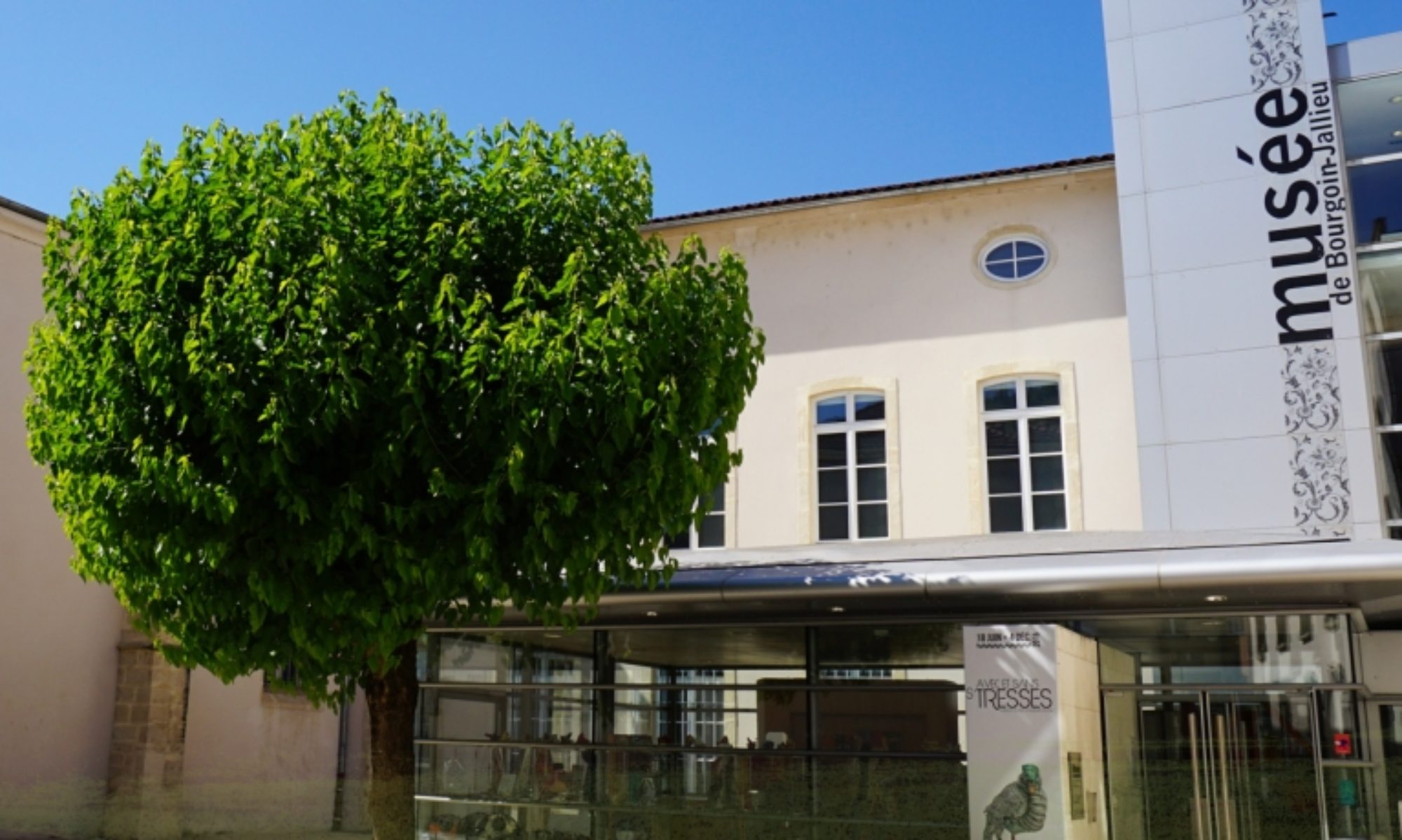Until the 18th century, Dauphiné was mainly a hemp growing region, especially in the north (in the Jallieu marshes), Grésivaudan, Trièves, the Moirans plains and along the Isère river. In Bourgoin and Jallieu, hemp mills were constructed on the Mouturier canal (a Bourbre river diversion canal).
Half of the production was exported raw to Toulon and Marseille, with the other half being processed in the cloth mills of Voiron and Saint-Jean-de-Bournay. Processed hemp is used to make sheets and clothes, as well as ropes and twines. But production declined between 1870-1880, with the development of the silk industry.
-
Hemp stalks: Hemp is an easy, low-maintenance, and fast-growing plant.
-
Fibers: after being soaked to facilitate the separation of the hurd and bast fibers (a process known as retting), the hemp is then separated into plaited bundles (scutching) and combed, after which it is spun and woven.
-
Rope and yarn
-
Hemp cloth: Hemp fabric can be woven in varying thicknesses and, prior to the development of cotton, was used to make clothes, bonnets, and sheets.
-
Carding comb

